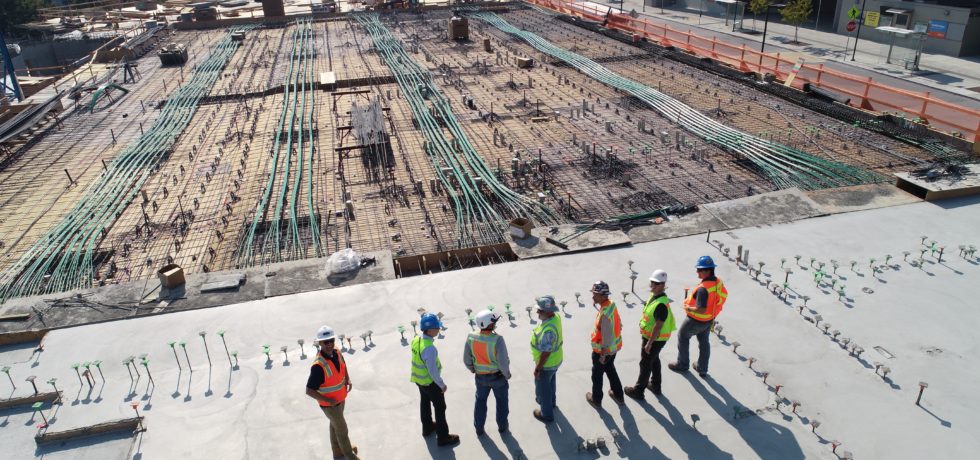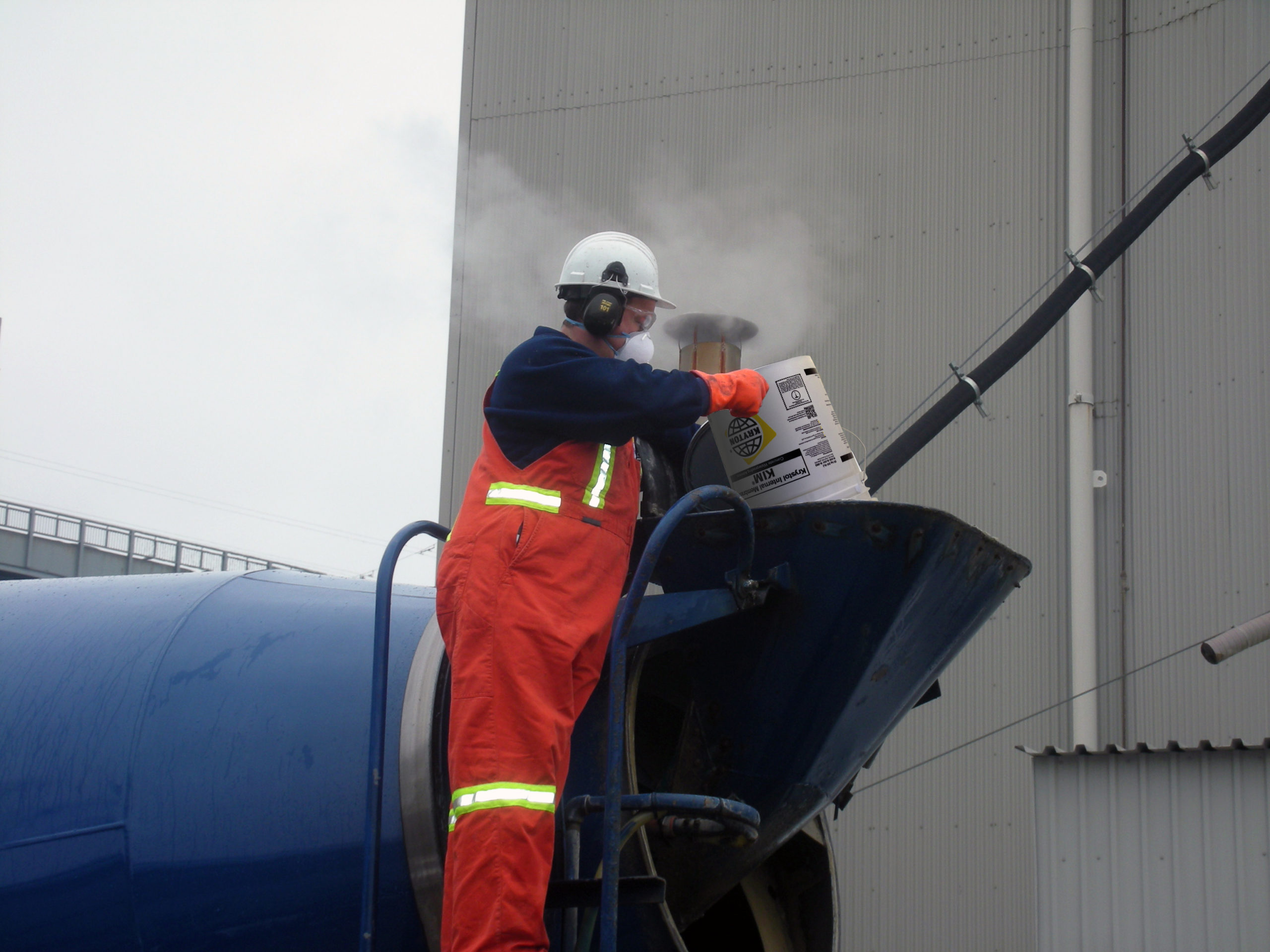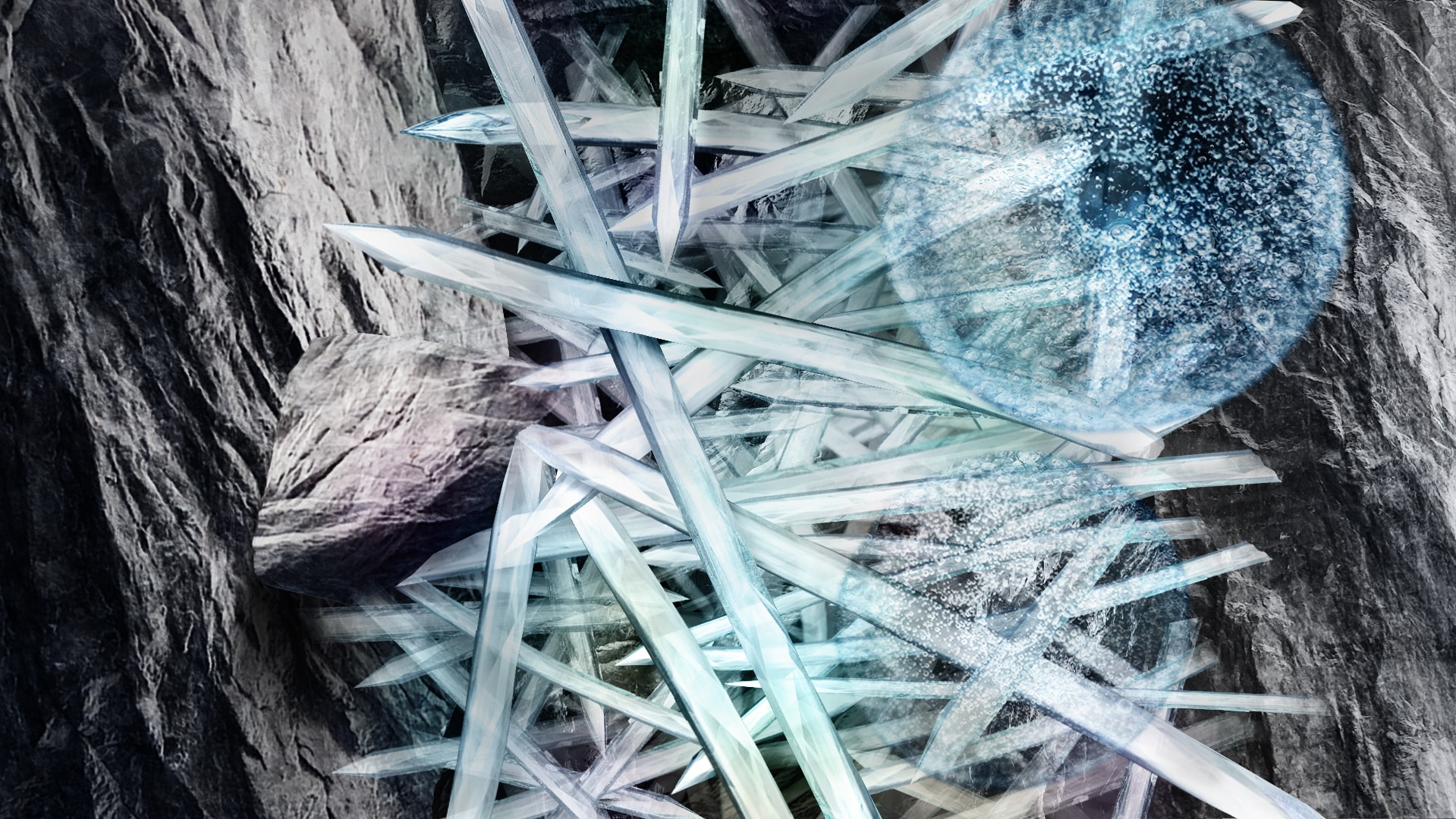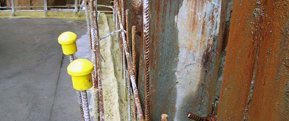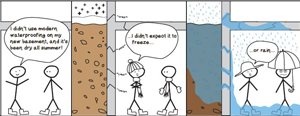Category
- Concrete Technology
Evolution. It’s something that every industry strives for and in fact, needs in order to maintain significance as the world’s demands change at a rapid pace. The concrete waterproofing industry is no different. With infrastructure expanding into areas that were not considered to be viable sites 20 years ago, waterproofing these structures in extreme environments is critical.
That’s Why Concrete Waterproofing Needed to Evolve
Sheet membrane systems just don’t hold up to the high hydrostatic pressure of many new buildings that require reliable protection against leakage. As well, these systems are not meant to last forever and at some point, will deteriorate. This was acceptable years ago when the life expectancy of a structure was merely 50 years before it would be replaced, but now, we are creating more high-risk mega structures that are meant to last hundreds of years in the future as iconic symbols. These structures, such as Singapore’s Marina Bay Sands Hotel or Dubai’s Palm Jumeirah (both built on reclaimed land) need a permanent, reliable waterproofing system that increases its effectiveness over time.
Because of this, for over four decades now, a new type of waterproofing has been used around the globe. These integral admixture systems are added at the batching plant or on-site, and they react chemically within the concrete. Instead of forming a barrier on the positive or negative side of concrete, they turn the concrete itself into a water barrier. These integral concrete waterproofing systems can be densifiers, water repellents, or crystalline systems.
Leading That Evolution Was Crystalline Systems
Crystalline-based systems typically come in a dry, powdered form and are hydrophilic in nature. Unlike their hydrophobic counterparts, crystalline systems actually use available water to grow crystals inside concrete, effectively closing off pathways for moisture that can damage concrete. They block water from any direction because the concrete itself becomes the water barrier. The crystalline formula can allow concrete to self-seal hairline cracks up to 0.5 mm (0.02 in), even years after the original construction. It contains no volatile organic compounds and can be completely recycled when demolition occurs.
Additionally, crystalline admixtures offer installation advantages. Unlike traditional external membrane waterproofing, which tends to be labor-intensive and expensive, crystalline admixtures can be shipped in dissolvable, pulpable bags that are thrown into the concrete batch during mixing. This speeds up the construction schedule and decreases labor costs by combining steps with concrete placing.
Though, the Industry Needed Some Time to Catch Up
As with any new technology, until recently, there has been a lack of standardized terminology for crystalline admixtures across the concrete waterproofing industry. This lack of clarity on what these newer, permanent technologies could truly achieve, was contributing to the breakdown of communication when it came to actually specifying products for new buildings.
Fortunately, the concrete waterproofing industry has since redefined their terminology. In fact, American Concrete Institute’s (ACI’s) 212.3R-10 Report on Chemical Admixtures for Concrete devoted Chapter 15 to permeability-reducing admixtures for hydrostatic conditions (PRAH) and permeability-reducing admixtures for non-hydrostatic conditions (PRAN), outlining PRAH and PRAN classifications.
PRAH products have now been defined as products that reduce water penetration through crystalline growth or a polymer plug that can perform under hydrostatic pressure and are suitable for watertight construction.
Conversely, dampproofing admixtures are now referred to as PRAN. PRAN admixtures reduce water absorption with repellent chemicals (e.g., soap, oils, etc.) or partial pore blocking (e.g., fine particle fillers). These admixtures are not suitable for concrete that’s been exposed to water under pressure, and they cannot protect the concrete while under hydrostatic pressure.
Waterproofing against hydrostatic pressure is an important distinction that sets the PRAHs apart from the PRANs.
This only touches the surface of what the new PRAH and PRAN chapter offers the industry. With new definitions, testing parameters, selection, and evaluation guidelines, ACI’s 212.3R-10 document is a valuable resource to all, especially to those who would not be naturally well-versed in concrete waterproofing.
While This Evolution Took Time, It Was Worth It
Ultimately, the document’s objective is to educate stakeholders so that they are empowered to actively contribute to the construction process, whether they are specifiers, owners, or applicators. On a higher level, ACI’s 212.3R-10 document is representative of what an industry can achieve when an issue is identified and a collaborative solution is developed to overcome these challenges. It not only ensures that the involved parties are educated, but it also ensures that the right products will get specified.

